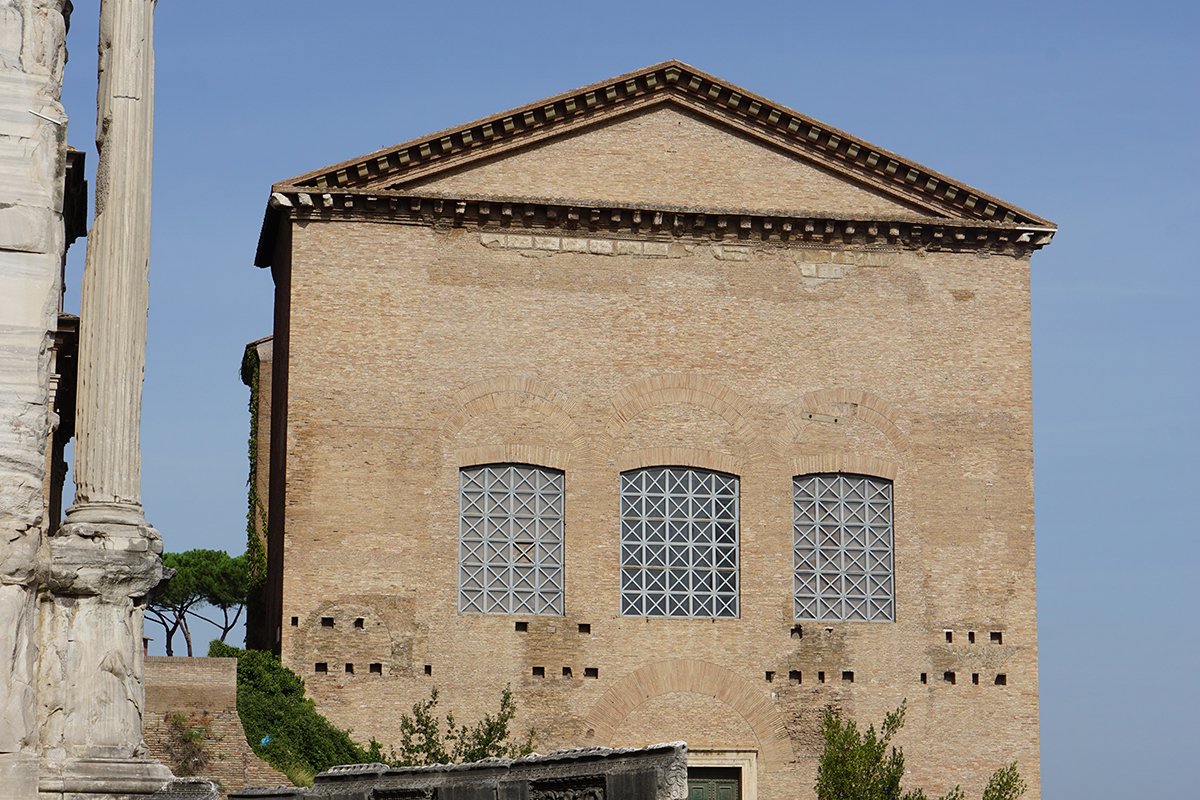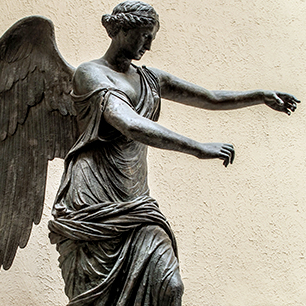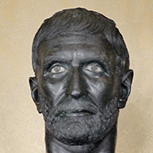The ROMAN CIVILIZATION
IMAGES OF THE ROMAN CIVILIZATION
THE ROMAN REPUBLIC
a new form of government - the Republic
government in which citizens can vote to elect their leaders. 
the senate house of republic
Curia Julia is the third named Curia, or Senate House, in the ancient city of Rome. It was built in 44 BC when Julius Caesar replaced Faustus Cornelius Sulla’s reconstructed Curia Cornelia, which itself had replaced the Curia Hostilia. He aligned this new Curia with its surrounding structures. The interior has three steps for the senator's seats on either side of the vast hall. A speaker's podium was located at the end opposite of the door. The Curia Julia was dedicated by Augustus in 29 B.C.
The exterior of the Curia Julia features brick-faced concrete with a huge buttress at each angle. The lower part of the front wall was decorated with slabs of marble. The upper part was covered with stucco imitation of white marble blocks. A single flight of steps leads up the bronze doors. Interestingly enough, a coin was found within the doors to date repairs made to the Senate House and the addition of the bronze doors to the reign of the Emperor Domitian AD 81-96.
Augustus “I built the Senate House... with the power of the state entirely in my hands by universal consent, I extinguished the flames of civil wars, and then relinquished my control, transferring the Republic back to the authority of the Senate and the Roman people. For this service I was named Augustus by a decree of the Senate In fact, this relinquishment of power was truer in word than in deed; the construction of the Curia Julia coincided with the end of Republican Rome.
At the far end of the Curia’s hall could be found the “Altar of Victory”. It consisted of a statue of Victoria, the personification of victory, standing on a globe, extending a wreath. This altar was placed in the Curia by Augustus to celebrate Rome’s military prowess


THE REPUBIC
only free-born male citizens had the right to vote.
The Roman Republic was constructed in order to resolve a conflict between the two major social classes in ancient Rome: The Patricians, who were comprised originally of the roman aristocrats and later came to include prosperous merchants and traders; and the Plebeians, the majority, who had citizenship but lacked wealth. In theory, Rome was a Democracy in which every citizen had the right to vote. In reality, the Republic was heavily influenced by an oligarchy in which different factions feuded for power and used their wealth to influence the outcomes of elections.
The Patricians and the Plebeians
The Patricians were upper-class, wealthy Romans that could hold political, religious or military office. The Patricians made up a small part of the Roman population, however, they held much of the power and control. The Patricians were seperated into three tribes: the Ramnes, or the Romans of Romulus, the Tities, or the Sabines of Titus Tatius, and the Luceres, or the Etruscans of Caeles. Every tribe had ten curiae, subdivisions within the tribe, with ten gentes, the Roman word for a family or lineage, making up every curia. The 30 curiae made up the Comitia Curiat, the superior assembly of Patricians. The Comita Curita elected the king, created the laws, and determined every aspect of a citizen's life.
The Plebians were the middle to lower class citizens who made up the majority of Rome's population. The Plebians were merchants, peasents, artisans, and farmers who couldn't hold military, religious or political power. In 491 BC, the plebians refused to fight while the Romans were at war unless they were allowed to elect their own leaders. These leaders were known as the Tribunes.
The Tribunes
The Tribunes were elected representatives that protected the Plebeians from mistreatment. The Tribunes attended meetings of the consuls or Senate in an attempt to bring justice to the Pleabians. They could veto any laws that they felt were unfair or unresonable. If an adequate amount of Tribunes objected to the law, it was not pursued.
The Assembly
The Assembly was made up of the Plebians, or the commoners, of Rome. Although it had little power, once a year the Assembly could vote for the two senators that would serve as Consuls. The Assembly usually met in a public area where they could vote on certain laws, which would then be passed on to the Senate for another vote. The Senate could either pass or overrule their vote. The Assembly also had the power to declare whether Rome was at war or at peace.
The Consuls
The Consuls were composed of two Senators that were elected by the Assembly. They served for a one year term. The Consuls were the highest position in the Roman Republic. They also controlled the army. The Consuls elected the Senators, ran the government, and were judges. The Consuls could elect a dictator in an emergency.
The Roman Senate
The Senate was composed of 600 members who could serve for life, who controlled all finances, foreign affairs and state administration. To qualify you had to have been elected in prior years to the job of Quaestor whose job was financial administration either in Rome or in the provinces. Since the Senate was so powerful Rome had an office called the Censors who were elected directly by the people. These individuals had the job of appointing qualified Senators and also could investigate Senators for corruption. If they were to find a corrupt Senator they had the power to expel that individual.
The Twelve Tables
The Twelve Tables were created in 451 BC, after the plebeians advocated for their creation. Although the plebeians were represented in Roman government, the patricians held the power to create and change laws to their satisfaction, often leaving the plebeians with little rights. The Twelve Tables, written on twelve tablets, were hung in the Forum and were the first form of Roman law. They ensured that all free citizens, regardless of social class, had the right to protection under the law.
Brances of the Government
Magistrates
Consuls led the government
Led Army and the judicial system
Served a term of only one year
Power over citizens
Power over officials
Senate
Advised the consuls
Served for life
Financial affairs
Assemblies and Tribunes
Represented the plebeians
Approved or rejected laws
Elected magistrates
Declared war
Citizens could take part in assemblies
Tribunes served for one year
Could Veto
o
BACK TO THE TOP
